As readers of a certain age will realise, Looking for a New England derives its title from ‘A New England’, a chart hit in early 1985 for the singer Kirsty MacColl. The song was written by Billy Bragg and opened side two of his first LP, 1983’s Life’s a Riot with Spy Vs Spy. Famously, Bragg pinched the opening couplet — ‘I was 21 years when I wrote this song, I’m 22 now but I won’t be for long’ — from Simon & Garfunkel’s ‘Leaves that are Green’ (1966), a winsome number that was itself a cover of Paul Simon’s acoustic original, which had first appeared on the folk singer’s rare 1965 solo album The Paul Simon Songbook. In other words, ‘A New England’ represents a shiny pop hit based on a post-punk anthem based on a folk-rock cash-in based on its composer’s failed earlier attempt at the same song in a different genre. Or to put it another way, the leaves that are green turn to brown and they crumble in your hand.
Simon Matthews’s comprehensive and enjoyable overview of film and television from the mid-1970s to the mid-1980s, and the points at which they intersected with whatever was happening in the music scene at the time, takes this idea as its starting point. If you want to understand how Britain got from a film such as, say, Slade in Flame (1975, the Get Carter of jukebox musicals) to one like Absolute Beginners (1986, the Absolute Beginners of jukebox musicals), you have to go back to the 1960s. So much of what occurred in pop culture during the 1970s, 1980s and, for that matter, the 1990s can be understood as a response to, or reaction against, all that fabulous swinging.
In the UK, regardless of whether you grew up during the 1960s, you grew up with the 1960s — not least because all those who were there, and cutely claimed not to remember it, nevertheless wouldn’t shut up about how great it was. And with good reason: ‘This explosion of the counter-culture brought a golden period… a massive revolt, in fact, against the austere, shabby world of the 1940s and 1950s,’ writes the author in his introduction. This was the territory Matthews mapped expertly in his previous book, Psychedelic Celluloid. The terrain he explores in Looking for a New England is altogether rockier.
The aftermath of the 1960s — what was left after the explosion — can be measured both in cultural and financial terms. According to Matthews:
In 1970 the UK produced 90 feature films and had cinema admissions totalling 193 million. These figures duly plunged: film productions down to 31 by 1980 and a nadir of 29 by 1986 with cinema admissions crashing to 54 million (1984).
Until the arrival of Channel 4 in 1982, the British film industry limped along on cheap sex comedies, war films, an increasingly knackered Bond franchise and ‘experimental productions that played to minuscule audiences’. Shabbiness and austerity once more stalked the land. Furthermore, this period coincided with the rise of an implacable opponent of the freedoms unleashed (or, as she saw it, liberties taken) by the 1960s: Margaret Thatcher. As the lady said to Sir Peter Hall, the director of the National Theatre: ‘Why do you need public money? Andrew Lloyd Webber doesn’t.’
Not for nothing does Matthews hail ‘a largely unsung and unheralded group of individuals’ who persisted in making interesting work in this hostile and impoverished environment: not just the artists, musicians and filmmakers but also ‘those who ran the network of record shops, independent cinemas, bookshops, music venues, tiny ad hoc theatres above pubs… we would all have been poorer without them’.
While it’s obvious Matthews knows his stuff, it is regrettable that this carefully researched book features neither notes nor a bibliography. Apart from many (no doubt impeccable) sources going unattributed, the reader misses out on perusing the author’s jam-packed bookshelves and magazine racks.
Fortunately, the book itself excels as a gazetteer of film genres as varied as black cinema, dystopian futures, the rise and fall of punk rock, 1980s agitprop, and the big-screen careers of Joan Collins and David Bowie. If you have seen The Long Good Friday (1980) or My Beautiful Laundrette (1985) or When the Wind Blows (1986) before, you will want to see them again. If you’ve never seen The Squeeze(1977), D.O.A.: A Rite of Passage (1981) or Burning an Illusion (1981) you will want to track them down. No doubt you will have your own views on The Stud (1978) and Labyrinth(1986), which may remain fixed.
Looking for a New England pointed me in all sorts of interesting directions without my having to leave the house, for which I am truly grateful. If you too currently have time on your hands, you could do worse than let Simon Matthews take it off you.
Got something to add? Join the discussion and comment below.
Get 10 issues for just $10
Subscribe to The Spectator Australia today for the next 10 magazine issues, plus full online access, for just $10.
You might disagree with half of it, but you’ll enjoy reading all of it. Try your first month for free, then just $2 a week for the remainder of your first year.

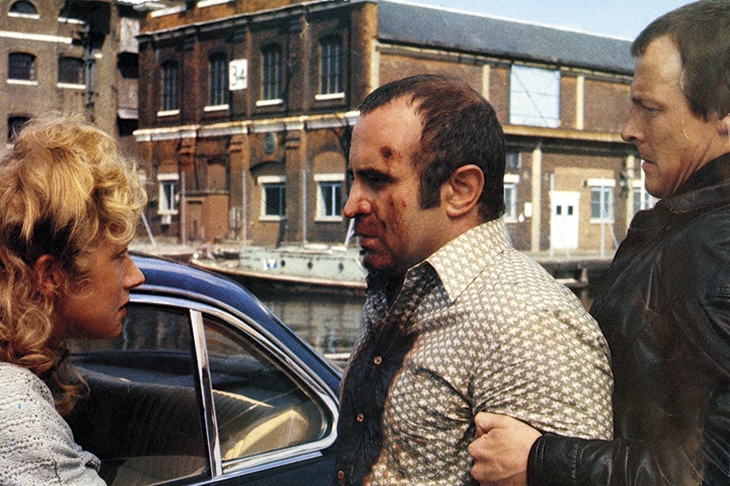
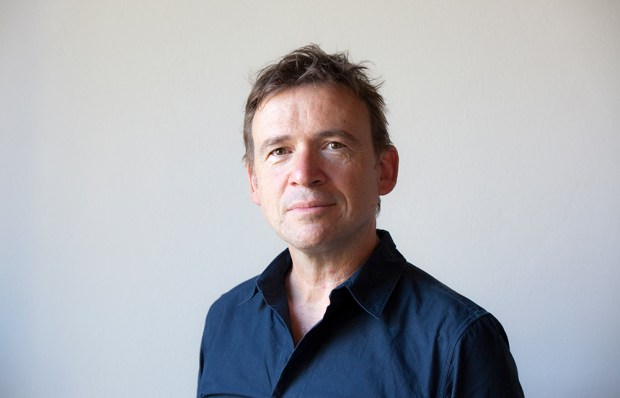
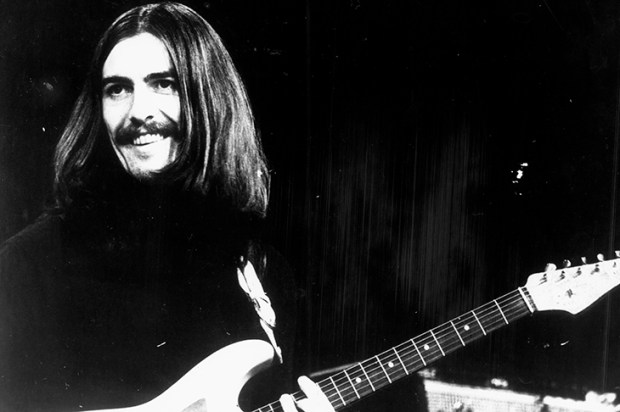
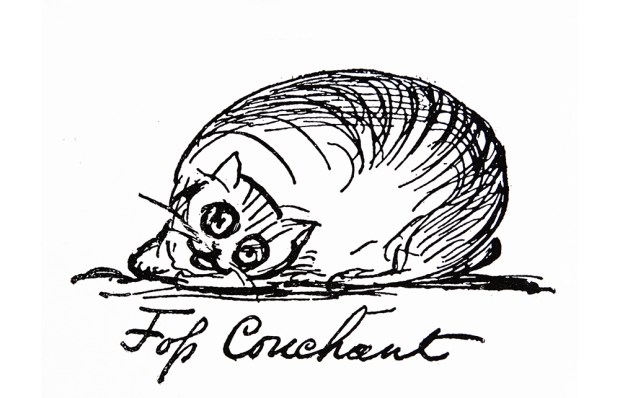
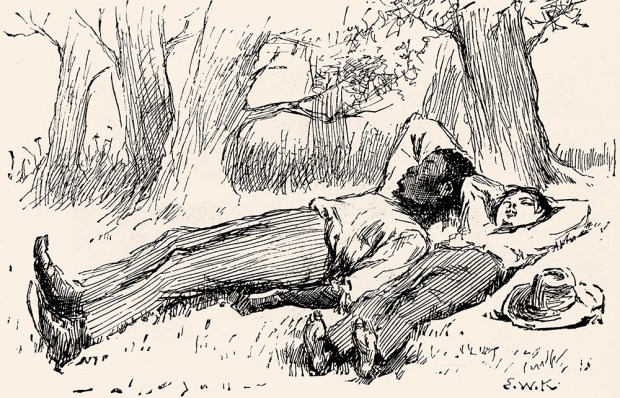
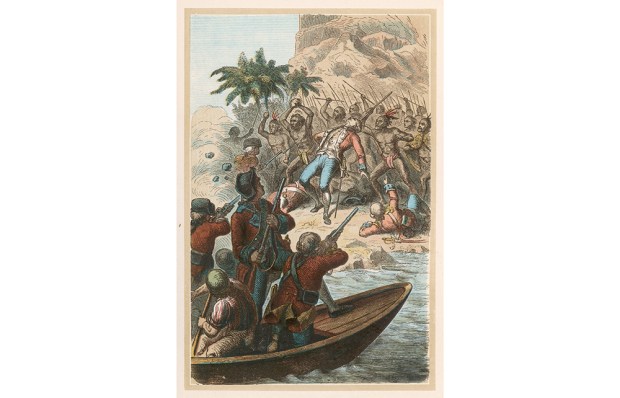







Comments
Don't miss out
Join the conversation with other Spectator Australia readers. Subscribe to leave a comment.
SUBSCRIBEAlready a subscriber? Log in